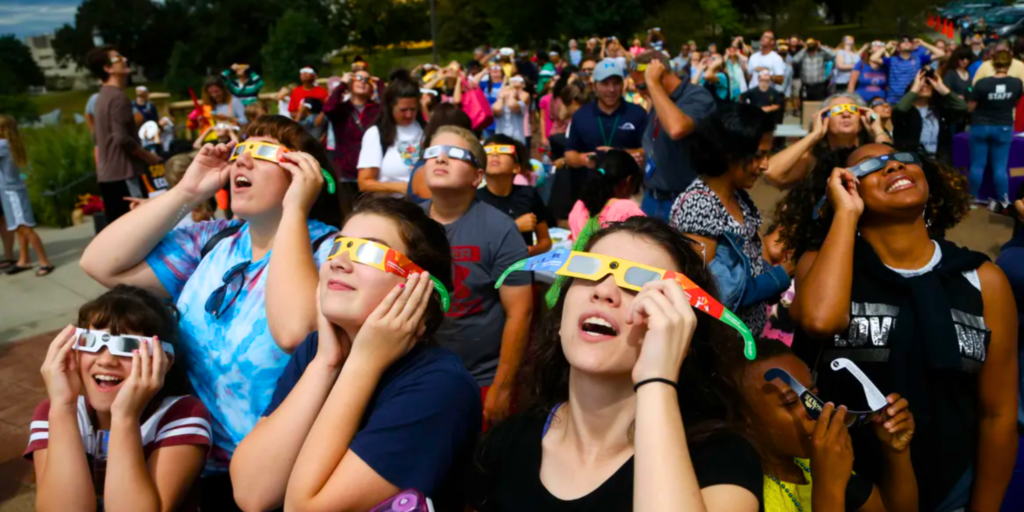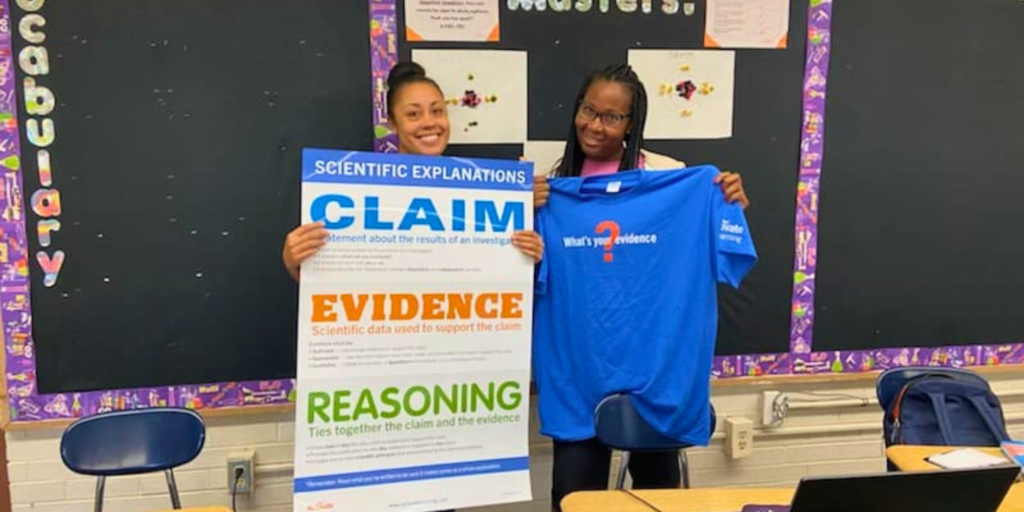How to Facilitate Productive Discussions in Science Education
How to Facilitate Productive Discussions in Science Education
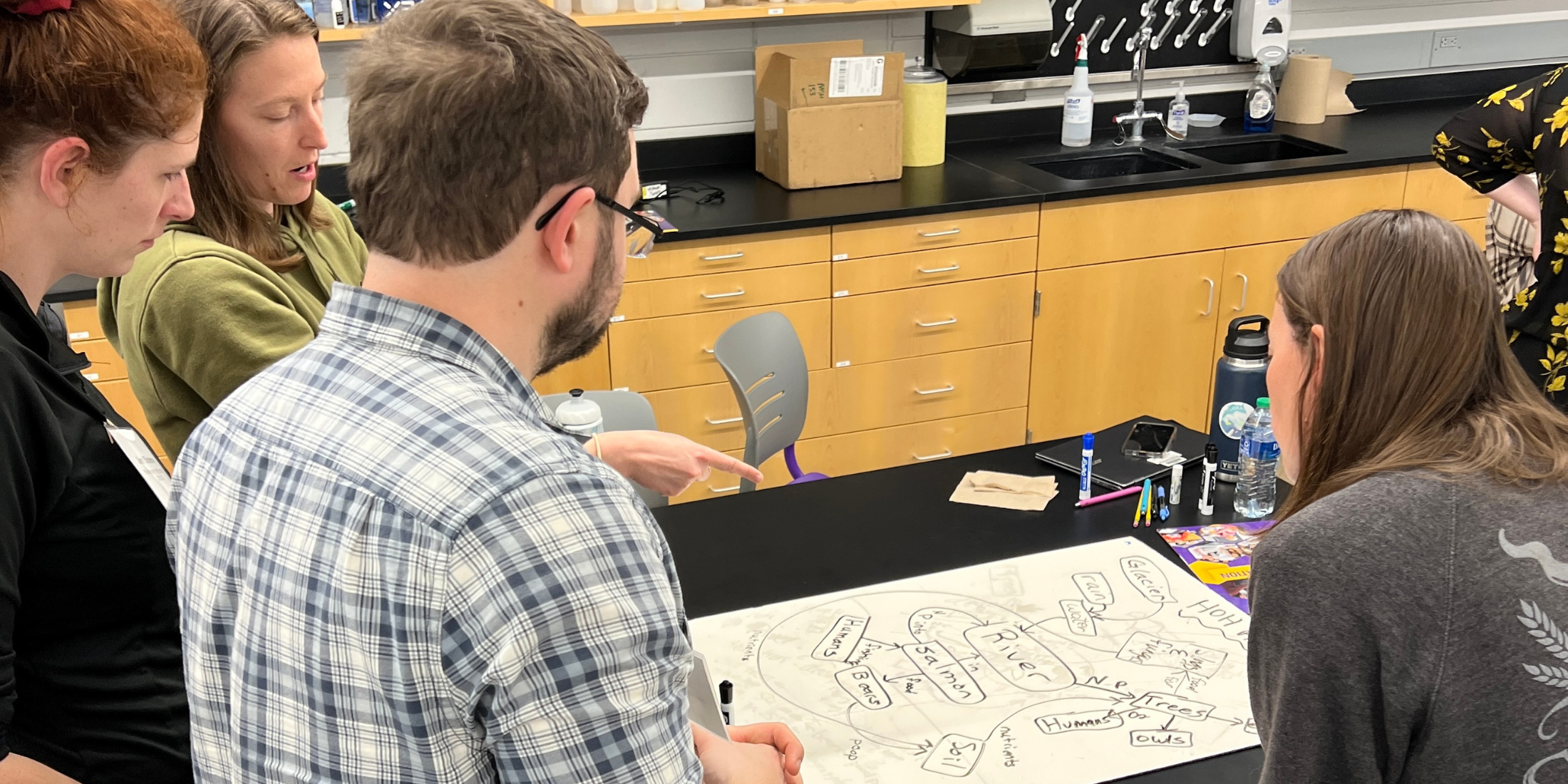
Quick Take: The July 2024 Snapshot Series webinar Productive Discussions in Science Education, presented by Professional Learning Facilitator Michelle Tindall, asked how we can use discussions to help high school students make sense of the world around them. Productive classroom discussions scaffold learning, help construct meaning of data and observations, push students to think deeply, and give students opportunities to communicate their understanding. In this webinar recap, Michelle describes how varied discussion types and facilitation questions can help deepen students’ science understanding.
Productive Discussions in Science Education
This month’s webinar, Productive Discussions in Science, discussed the importance of productive discussions in the classroom and how we, as teachers, can leverage them in order to help students make sense of data and observations. Productive discussions become a vehicle by which students uncover key ideas of science through investigations and collaborate to figure out phenomena. This webinar gave teachers new learning and tools they can use in their classroom tomorrow; if you missed it, check out the webinar recording and read on for more insights and resources.

Why are Productive Discussions Important?
The first part of the 2024 Snapshot Series, Making the Shift to Three-Dimensional Teaching and Learning, introduced the three dimensions described in A Framework for K–12 Science Education. The webinar offered suggestions and resources for starting to shift to three-dimensional teaching and learning. At the heart of this shift, students engage in the practices of science in order to make sense of observations and figure out scientific principles. How do we as teachers help students with the important task of figuring out science?
One way to support student learning is to nurture a collaborative community of learners, one in which students use partner, small-group, and whole-class discussions to uncover key ideas of science. When students are presented with a phenomenon, these discussions help students tap into prior knowledge, make their thinking visible, compare ideas, deepen their thinking with others, and argue from evidence. Ambitious Science Teaching discusses why student talk is important for learning in A Discourse Primer for Science Teachers:
- Talk is a form of thinking.
- Student talk makes their thinking public.
- Students’ ideas are resources for others.
- Talk culture helps us understand who is silent.
- Science talk is a specialized language.
Our students need to learn how to engage in these rich discussions and it is up to teachers to explicitly model and provide opportunities for students to engage in these discussion skills. One way to do this is to lead discussions that uncover students’ thinking and guide students to an understanding of key ideas, all while keeping student voice and understanding at the center of the discussion. Through the discussions used in three-dimensional teaching, teachers help students gain a deeper understanding of science content, science practices, and crosscutting concepts.
Facilitating productive discussions might come naturally to some, but for others, this might be a new, uncomfortable, or even scary way of teaching. Let’s break it down, take a look at different types of discussions, and investigate ways to use tools for productive discussions in science.
What are Some Types of Discussions in Science Class?
In general, across many science programs, we see some type of elicitation, making-sense, connecting-ideas and explanation discussions. You can learn more about these types of discussions in The Inquiry Project’s Talk Science Primer and the Ambitious Science Teaching resource listed above.
The Activate Learning Snapshot webinar focused on the OpenSciEd Discussion Types: Initial Ideas, Building Understanding, and Consensus.
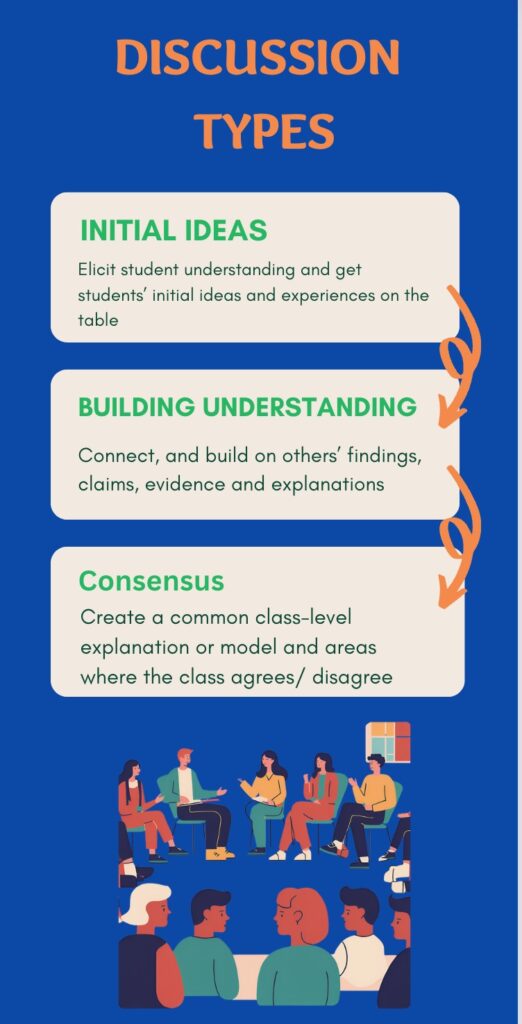
As students engage in three-dimensional learning, they often use evidence-based reasoning to explain phenomena or develop design solutions. Phenomenon-based curricula such as OpenSciEd engage students in investigations early in the learning process, typically before explicit content-area instruction has occurred. Students then work to interpret data and observations in order to make claims based upon evidence – a tall order for students to do on their own.
That’s where rich, productive science discussions come into play; these discussions help students make sense of data and observations, and lead students to make claims based upon evidence. The goals for each type of discussion differ and help to frame student talk and learning.
Teachers strategically place these discussions throughout lessons and units to move students from asking questions to conducting investigations and then figuring out science concepts. The following gives some suggestions for placing these discussions throughout a unit.
Initial Ideas Discussions could elicit student thoughts:
- at the start of a unit to uncover prior experience with or questions about a phenomenon,
- when planning an investigation, and
- as students are beginning to make sense of data, observations, phenomena.
Building Understanding Discussions could help students make sense:
- at the end of investigations,
- when making connections between investigations and phenomena, and
- as they work to make claims and uncover key concepts in science.
Consensus Discussions could occur when uncovering key concepts:
- after several foundational investigations,
- to create a whole-class consensus model, and
- as students make claims that connect to science concepts.

How Do You Get Started with Productive Discussions?
In order to get started with productive discussions in your science class, you'll need to begin with a plan. Ask questions that help focus the discussion:
- What do I want students to get out of the discussion?
- What questions are students trying to answer?
- What key science ideas or models will come from the discussion?
- What might students say during the discussion?
- What questions might I need to ask students in order to draw out the key science ideas or model components?
With a plan in mind, determine when during the lesson the discussion will occur in addition to what the format of the discussion will be, e.g., partner talk, small-group, whole-class, or some combination of these. The Talk Science Primer discusses Talk Formats such as these in addition to the Talk Moves discussed in the next section.
Next, use the goal of the lesson to plan the question you will ask students to launch the discussion, along with some potential questions, based upon anticipated student answers, to move the discussion toward your instructional goal. What if, after all this planning, students don’t talk and you hear nothing but crickets when you start the discussion?
What Tools Can Teachers Use to Facilitate Discussions?
It is tough to have a productive discussion in class when students don’t feel comfortable speaking or confident in science. Teachers need tools in their instructional toolbox that will help students become more comfortable speaking and engage with the thinking of others. These same tools help teachers better understand students’ understanding of concepts and press students to deepen their reasoning.
One such tool comes from the work of Sarah Michaels and Cathy O’Connor. In Talk Science Primer, Michaels and O’Connor introduce goals for productive discussions.
Goal 1: Help individual students share, expand and clarify their own thoughts.
Goal 2: Help students listen carefully to one another.
Goal 3: Help students deepen their reasoning.
Goal 4: Help students engage with others’ reasoning.
Along with these four goals, Michaels and O’Connor also included Talk Moves, questions designed to promote productive discussions. These questions help to keep the discussion moving along toward the instructional goal of the lesson. Additionally, they provide ways in which teachers can assist students as they connect data and observations to key ideas in science. Many of the teacher Talk Moves can be reworded into talk stems for students to use during discussions.
As you start the school year with three-dimensional teaching and learning, putting students in the role of figuring out, give productive discussions a try. Be patient. It will take time and practice for these discussions to take root in the classroom, but the investment will pay off in the long run.
As teachers, we also need to promote an engaging learning community in our classroom where students feel safe to share their ideas, one in which it is okay to not know the answer, but instead be working towards understanding.
* * * * * *
About the Author: Michelle Tindall 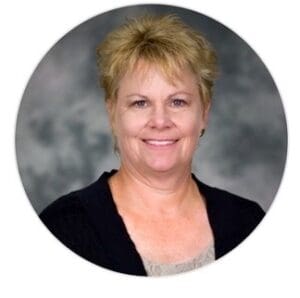
Michelle Tindall is a professional educator whose career focused primarily on teaching high school science and mathematics and facilitating professional learning in science, mathematics, and technology integration for over twenty years. She has been a science education consultant and university instructor, in the area of teacher preparation, since 2021. Formerly, she was a K-12 Math/Science Curriculum Coordinator and Secondary Curriculum Technology Integrator.
Michelle has promoted three-dimensional teaching and learning, student-centered instruction, and STEM education in her roles as a facilitator for OpenSciEd, Modeling Instruction, and NGSX. Michelle earned a B.A. in Chemistry and a M.A. in Secondary Education at Wayne State University.
* * * * * *


